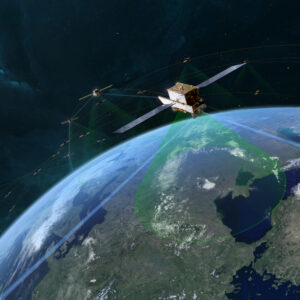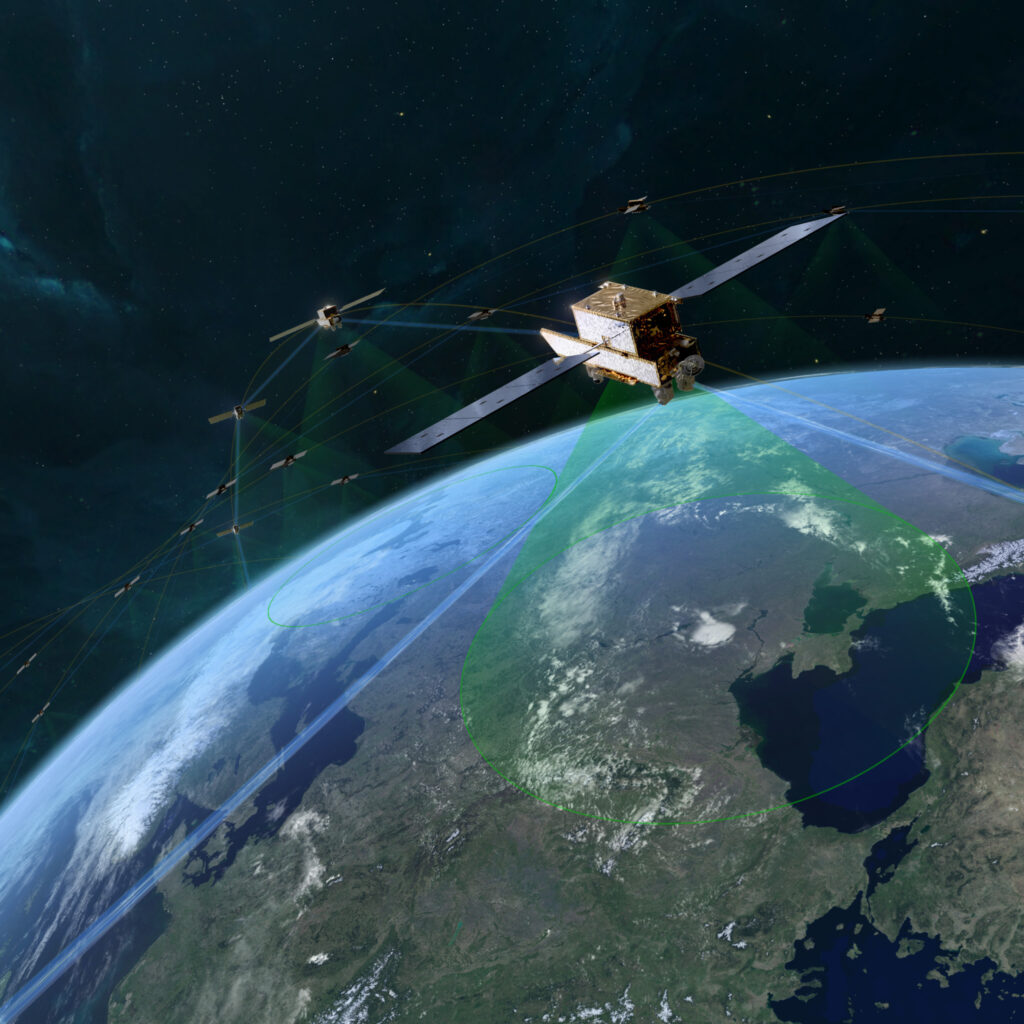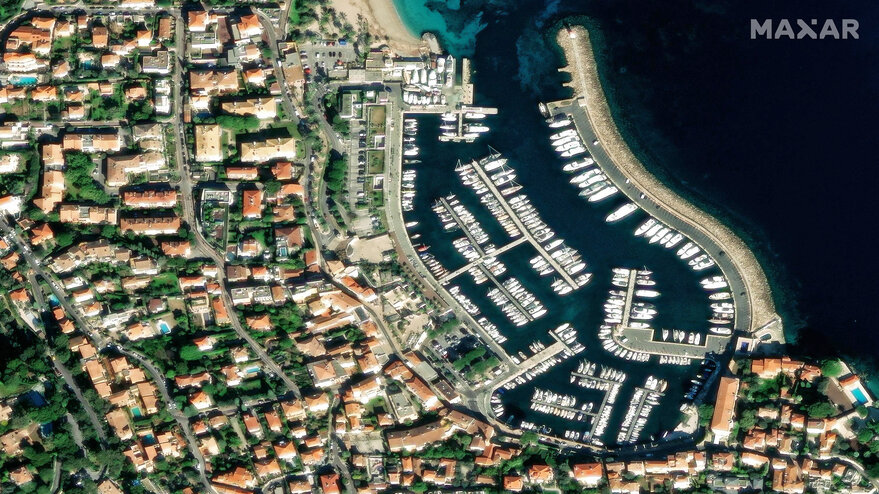Demonstration of data transmission from a microsatellite by laser
Tuesday, 31 October 2023 09:10 Small satellites are becoming increasingly compact and powerful. The technology of conventional radio channels is reaching its limits due to the rising number of satellites. Laser communications offers solutions for the efficient transmission of high data volumes without interfering with other channels. For this application, the German Aerospace Center Institute of Communications and Navigation,
Small satellites are becoming increasingly compact and powerful. The technology of conventional radio channels is reaching its limits due to the rising number of satellites. Laser communications offers solutions for the efficient transmission of high data volumes without interfering with other channels. For this application, the German Aerospace Center Institute of Communications and Navigation, To advance space colonization, WVU research explores 3D printing in microgravity
Tuesday, 31 October 2023 09:10 Research from West Virginia University students and faculty into how 3D printing works in a weightless environment aims to support long-term exploration and habitation on spaceships, the moon or Mars.
Extended missions in outer space require the manufacture of crucial materials and equipment onsite, rather than transporting those items from Earth. Members of the Microgravity Research Team
Research from West Virginia University students and faculty into how 3D printing works in a weightless environment aims to support long-term exploration and habitation on spaceships, the moon or Mars.
Extended missions in outer space require the manufacture of crucial materials and equipment onsite, rather than transporting those items from Earth. Members of the Microgravity Research Team SpaceX launches 23 Starlink Internet satellites after aborted mission
Tuesday, 31 October 2023 09:10 SpaceX launched 23 Starlink Internet satellites into low-Earth orbit from Space Launch Complex 40 at Cape Canaveral Space Force Station in Florida on Monday in its second attempt after aborting the mission Sunday.
The successful second launch attempt was the eighth flight for the first stage booster supporting this mission, which previously launched Crew-5, GPS III Space Vehicle 06, Imm
SpaceX launched 23 Starlink Internet satellites into low-Earth orbit from Space Launch Complex 40 at Cape Canaveral Space Force Station in Florida on Monday in its second attempt after aborting the mission Sunday.
The successful second launch attempt was the eighth flight for the first stage booster supporting this mission, which previously launched Crew-5, GPS III Space Vehicle 06, Imm Salts and organics observed on Ganymede's surface by June
Tuesday, 31 October 2023 09:10 Data collected by NASA's Juno mission indicates a briny past may be bubbling to the surface on Jupiter's largest moon. NASA's Juno mission has observed mineral salts and organic compounds on the surface of Jupiter's moon Ganymede. Data for this discovery was collected by the Jovian InfraRed Auroral Mapper (JIRAM) spectrometer aboard the spacecraft during a close flyby of the icy moon. The findin
Data collected by NASA's Juno mission indicates a briny past may be bubbling to the surface on Jupiter's largest moon. NASA's Juno mission has observed mineral salts and organic compounds on the surface of Jupiter's moon Ganymede. Data for this discovery was collected by the Jovian InfraRed Auroral Mapper (JIRAM) spectrometer aboard the spacecraft during a close flyby of the icy moon. The findin NSF awards up to $21.4M for design of next-gen telescopes to capture earliest moments of universe
Tuesday, 31 October 2023 09:10 The National Science Foundation has awarded $3.7 million to the University of Chicago for the first year of a grant that may provide up to $21.4 million for the final designs for a next-generation set of telescopes to map the light from the earliest moments of the universe-the Cosmic Microwave Background.
Led by the University of Chicago and Lawrence Berkeley National Laboratory, the colla
The National Science Foundation has awarded $3.7 million to the University of Chicago for the first year of a grant that may provide up to $21.4 million for the final designs for a next-generation set of telescopes to map the light from the earliest moments of the universe-the Cosmic Microwave Background.
Led by the University of Chicago and Lawrence Berkeley National Laboratory, the colla Ultracompact: The Black Hole at the center of our Milky Way
Tuesday, 31 October 2023 09:10 Every now and then, luminous gas is seen swirling around Sagittarius A*, the black hole at the center of the Milky Way. Now, astronomers at the Max Planck Institute for Extraterrestrial Physics (MPE) have succeeded in measuring the black hole mass from this motion - and it perfectly matches the measurement honoured with the Nobel Prize in Physics in 2020, which has been refined ever since. The c
Every now and then, luminous gas is seen swirling around Sagittarius A*, the black hole at the center of the Milky Way. Now, astronomers at the Max Planck Institute for Extraterrestrial Physics (MPE) have succeeded in measuring the black hole mass from this motion - and it perfectly matches the measurement honoured with the Nobel Prize in Physics in 2020, which has been refined ever since. The c 3 astronauts return to Earth after 6-month stay on China's space station
Tuesday, 31 October 2023 07:48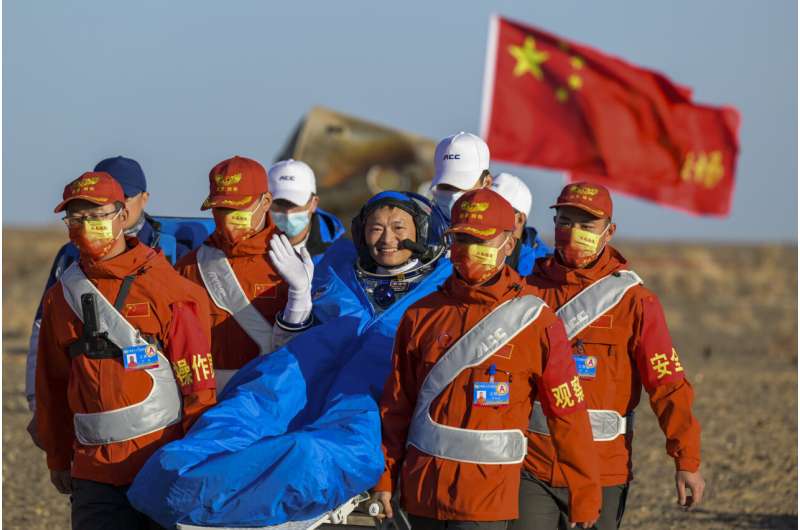
Spooky sights from space: world’s largest acidic lake
Tuesday, 31 October 2023 07:15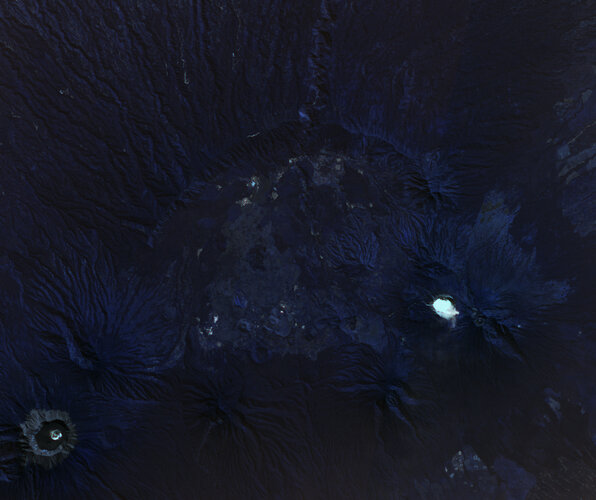 Image:
What’s spookier than the ‘largest acid cauldron on Earth?’ In East Java, Indonesia, lies the Kawah Ijen Crater Lake – the world’s largest acidic lake, a chilling spectacle perfect for Halloween.
Image:
What’s spookier than the ‘largest acid cauldron on Earth?’ In East Java, Indonesia, lies the Kawah Ijen Crater Lake – the world’s largest acidic lake, a chilling spectacle perfect for Halloween. Rocket Lab plans launch of Venus mission as soon as late 2024
Tuesday, 31 October 2023 01:32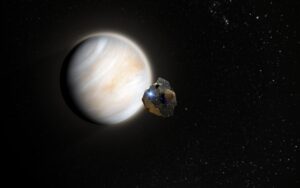
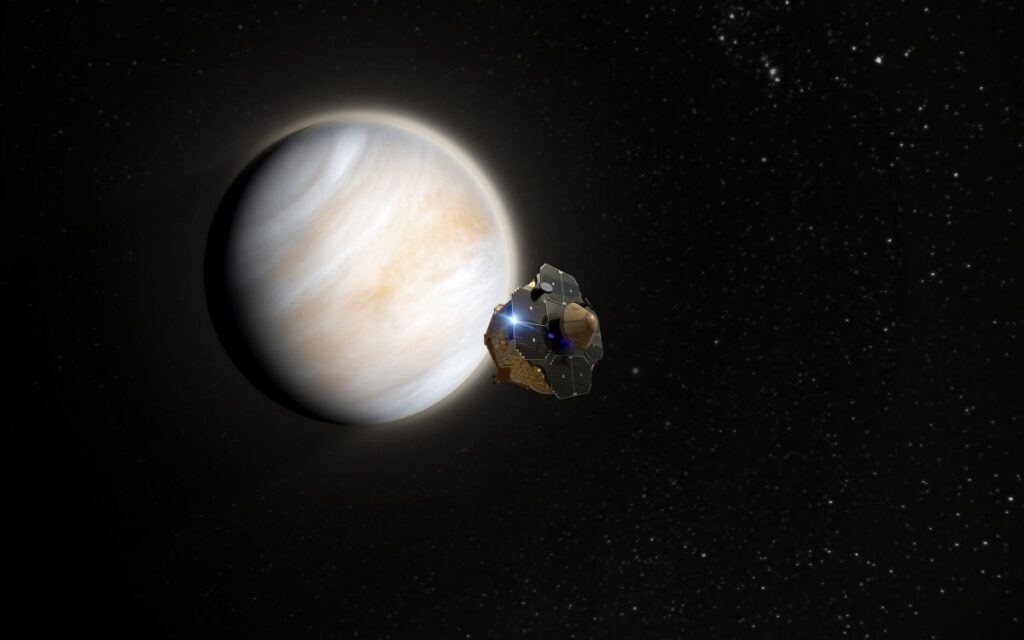
China set up a tiny farm on the moon in 2019. How did it do?
Monday, 30 October 2023 16:56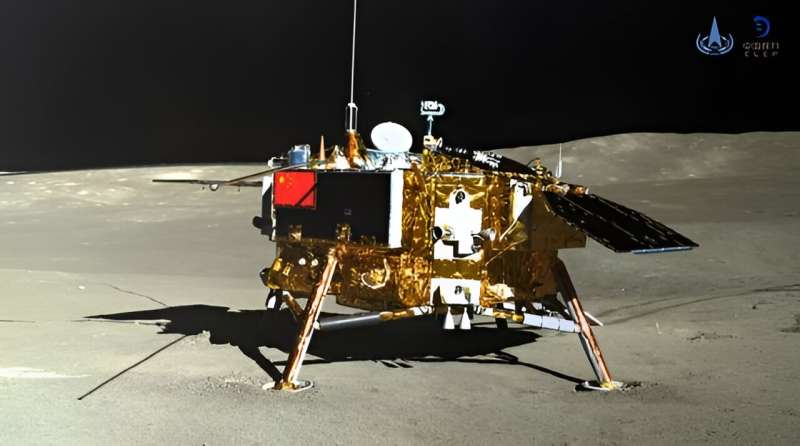
On January 3, 2019, China's Chang'e-4 lander touched down on the far side of the moon and deployed the Yutu rover. In addition to its many instruments, the rover carried an important science experiment known as the Biological Experiment Payload (BEP). Over the next eight days, this payload conducted a vital experiment where it attempted to grow the first plants on the moon. Included in the payload were cotton, potato, arabidopsis, and rape seeds, along with fly eggs, yeast, and 18 ml (0.6 fluid oz) of water, which was kept at a constant atmospheric pressure.
The results of this experiment will help inform future Bioregenerative Life Support System (BLSS), which will prove vital to habitats and missions beyond Low Earth Orbit (LEO). A team of scientists from China recently released a study that reviewed the experiment, its results, and its potential implications for future missions to the moon, Mars, and other deep-space locations.
Australian school students are experimenting with 'space veggies' in a NASA initiative
Monday, 30 October 2023 16:40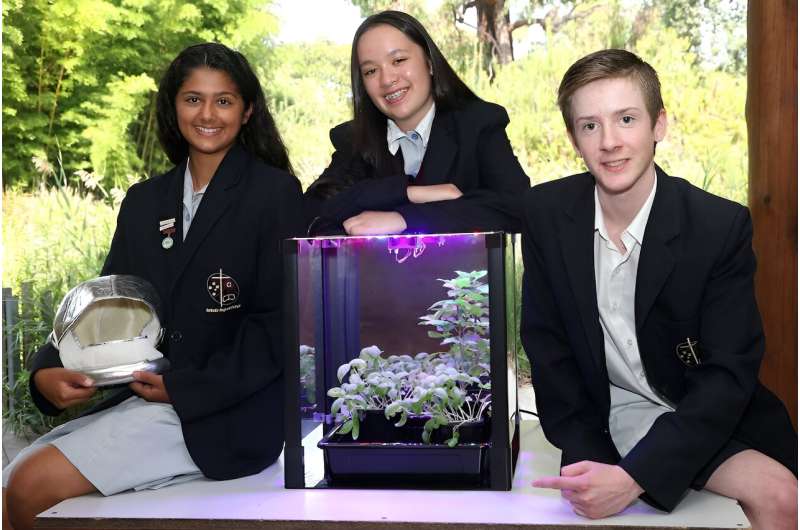
A pink glow is shining on the faces of enthusiastic students as they tend to plants in purpose-built grow boxes for space stations.
These students are the first in Australia to experience Growing Beyond Earth—a schools citizen science program from NASA and Fairchild Tropical Botanic Garden in the United States.
In Australia, Royal Botanic Gardens Victoria is working with the La Trobe Institute for Agriculture and Food, and Melbourne Archdiocese of Catholic Schools. The educational initiative ties into the Australian curriculum and gives students a unique introduction to gardening through science.
In this project, students grow plants in controlled conditions to test if they would be suitable for NASA missions, to help feed a future cadre of astronauts.
Plants evolved on Earth, so they might not grow so well in space.
To advance space colonization, team explores 3D printing in microgravity
Monday, 30 October 2023 15:16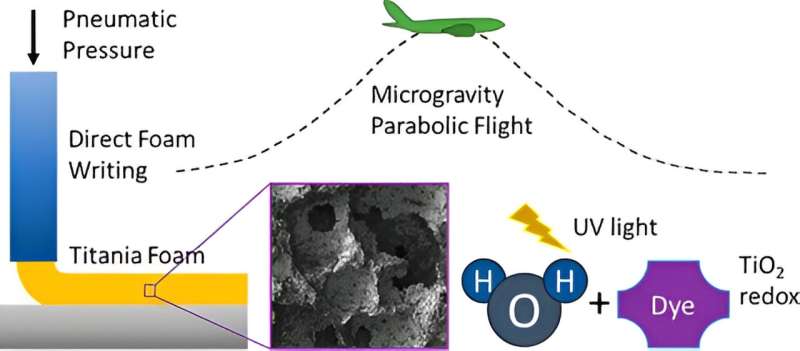
Research from West Virginia University students and faculty into how 3D printing works in a weightless environment aims to support long-term exploration and habitation on spaceships, the moon or Mars.
Extended missions in outer space require the manufacture of crucial materials and equipment onsite, rather than transporting those items from Earth. Members of the Microgravity Research Team said they believe 3D printing is the way to make that happen.
The team's recent experiments focused on how a weightless microgravity environment affects 3D printing using titania foam, a material with potential applications ranging from UV blocking to water purification. ACS Applied Materials and Interfaces published their findings.
"A spacecraft can't carry infinite resources, so you have to maintain and recycle what you have and 3D printing enables that," said lead author Jacob Cordonier, a doctoral student in mechanical and aerospace engineering at the WVU Benjamin M. Statler College of Engineering and Mineral Resources.
Space Development Agency awards Northrop Grumman $732 million contract for 38 satellites and support services
Monday, 30 October 2023 15:00